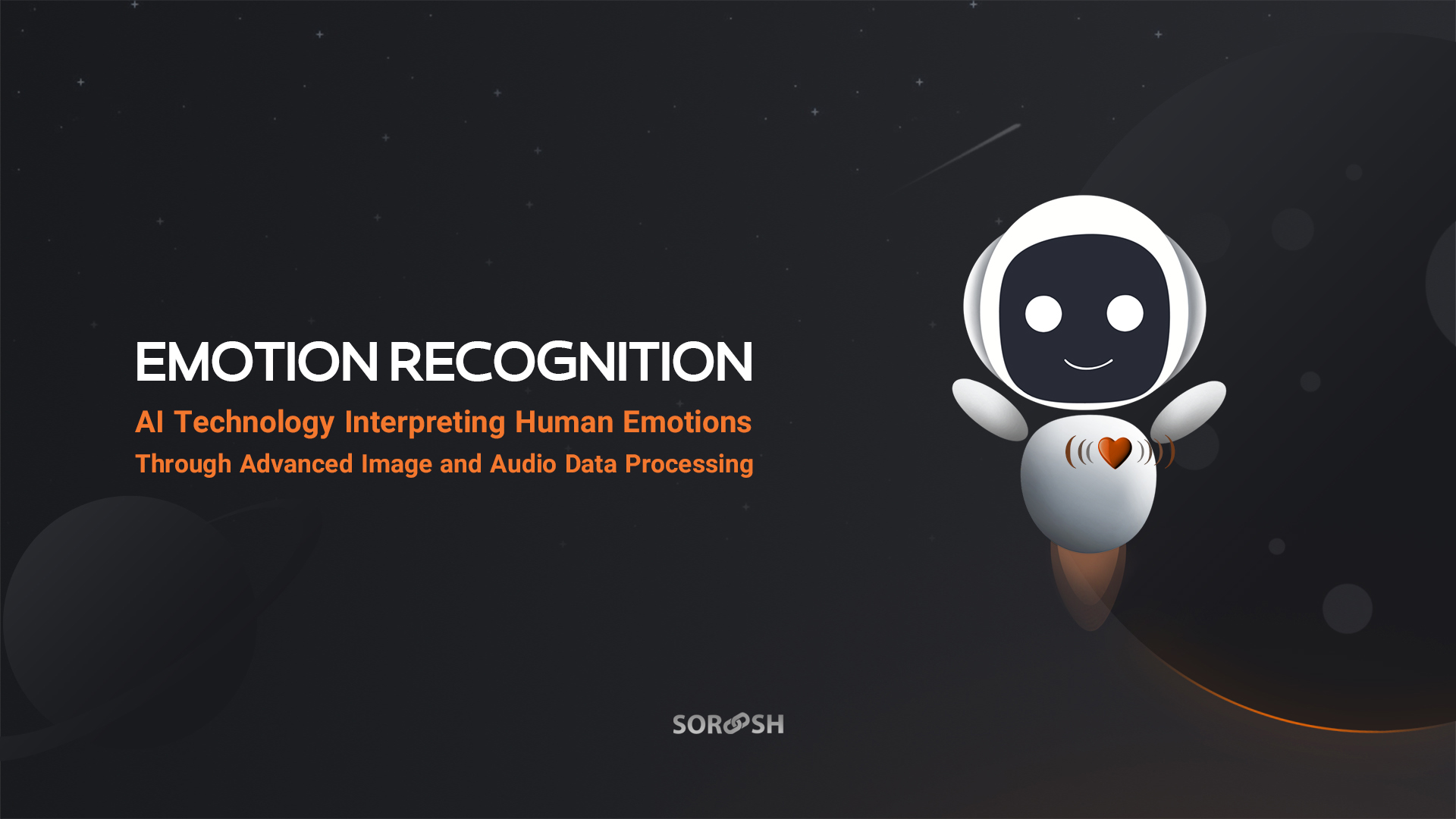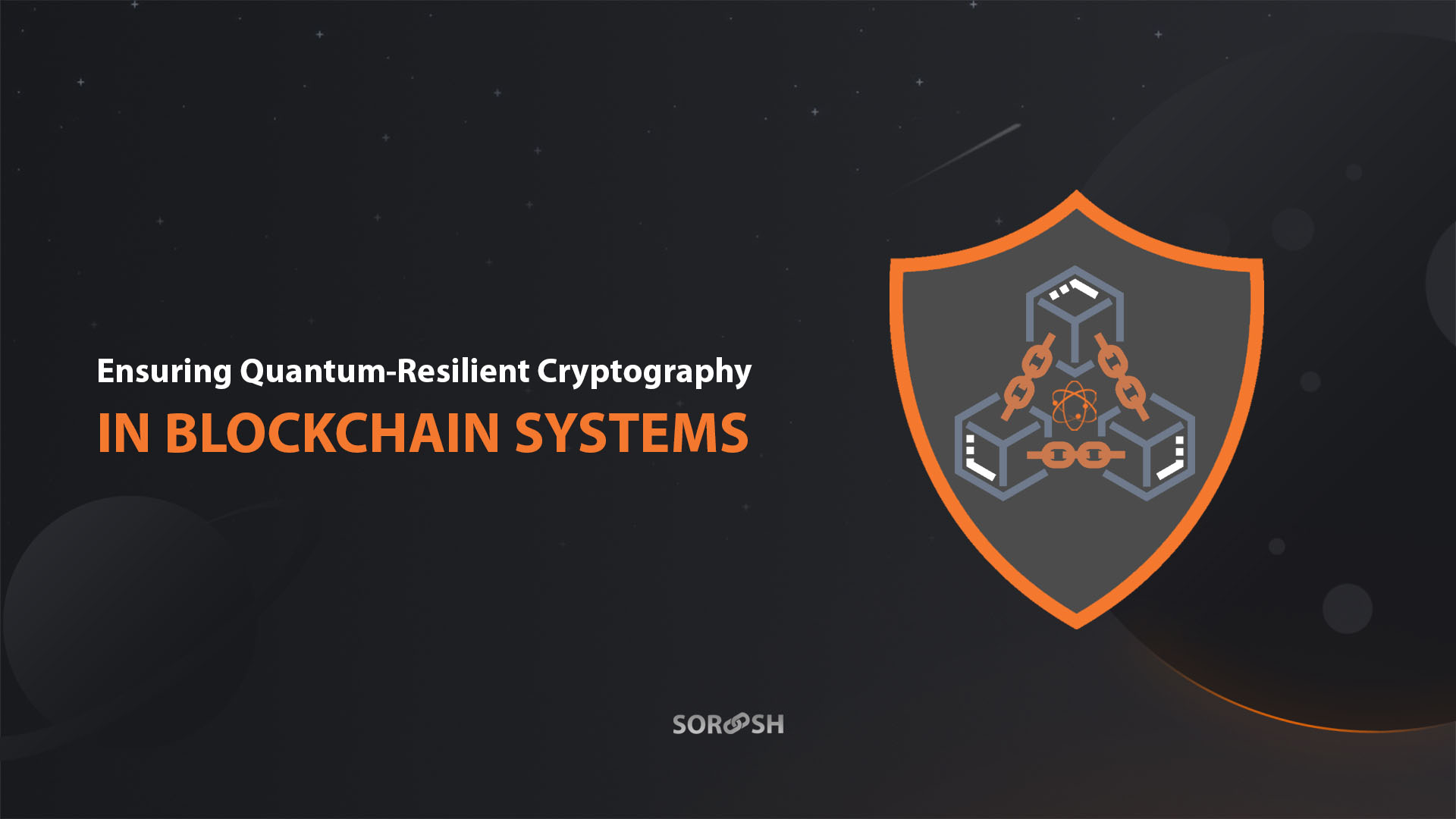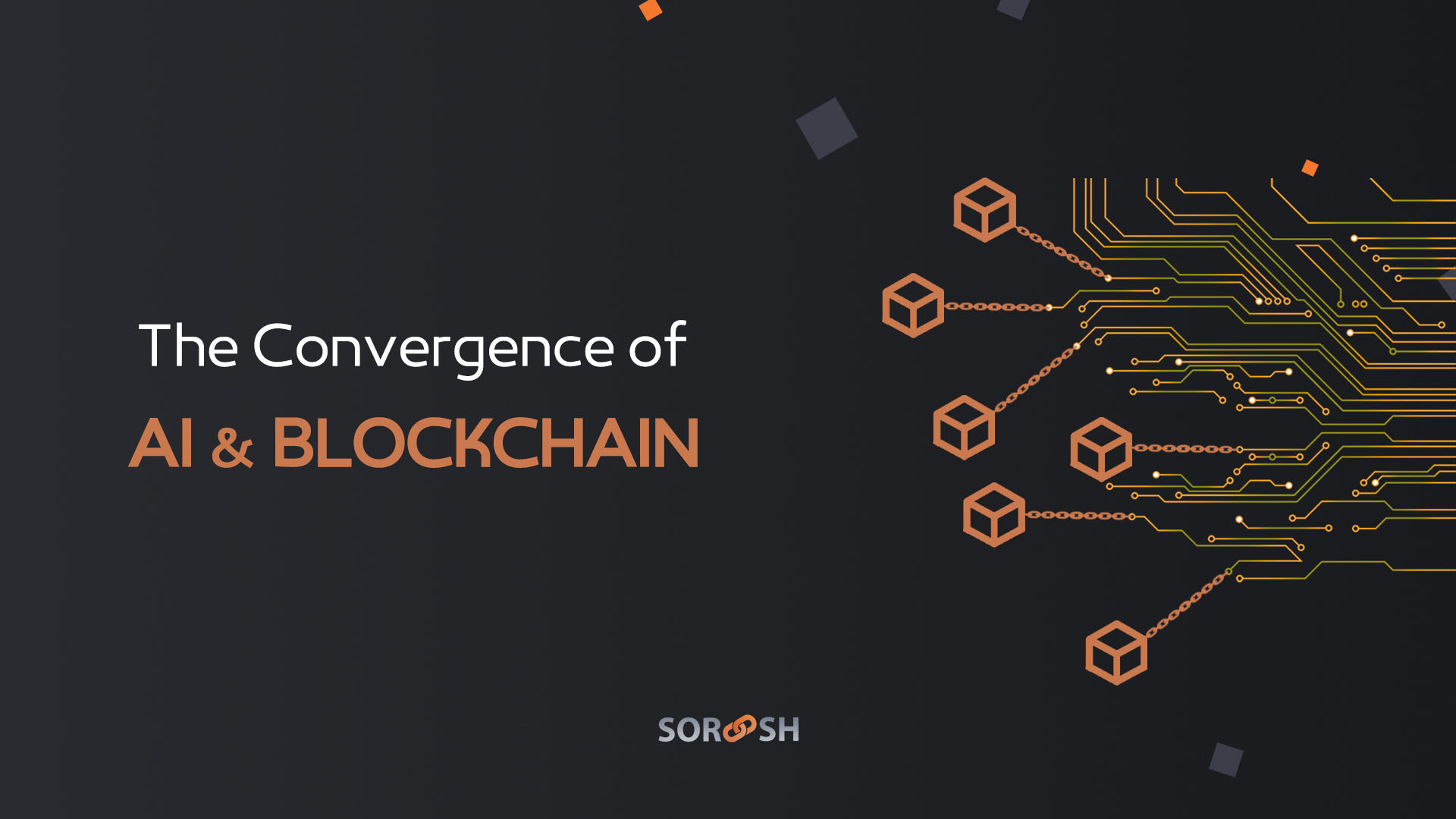

Unveiling Web3: The Next Evolution of the Internet
Introduction
Welcome to the digital revolution! If you've been following the tech world, you've probably heard the term "Web3" buzzing around. Web3, or the decentralized web, represents the next phase of the internet's evolution, harnessing the power of blockchain technology and decentralization to create a more secure, democratic, and user-centric online experience.
In this blog, we'll explore the key concepts behind Web3, its potential advantages and challenges, and how it's poised to reshape the way we interact with the digital world.
What is Web3?
Web3, also known as the decentralized web or the semantic web, is a vision for a new internet infrastructure that promotes decentralization, privacy, and user control. It aims to move away from the current centralized model where a few major players control most of the internet's infrastructure and services.
Web3 is built on the foundation of blockchain technology, which enables the creation of decentralized applications (dApps) and smart contracts. This new paradigm allows for a more direct, peer-to-peer (P2P) interaction between users, reducing the need for intermediaries and giving individuals more control over their data and digital assets.
Key Components of Web3
-
Decentralized Applications (dApps)
dApps are open-source applications that run on a decentralized network, like Ethereum, Polkadot, and Soroosh Smart Ecosystem (SSE). They offer a wide range of services, from decentralized finance (DeFi) to social media platforms. dApps often utilize tokens to incentivize users and developers, creating a more democratic and equitable digital ecosystem.
-
Smart Contracts:
Smart contracts are self-executing agreements with the terms of the agreement directly written into code. They automatically execute when specific conditions are met, ensuring trust and transparency between parties without the need for intermediaries like banks or lawyers. Smart contracts are a critical component of Web3, as they enable decentralized applications to function seamlessly and securely.
-
Interoperability:
Web3 aims to create a more interconnected internet, where different blockchain networks can communicate and share information with one another. This interoperability enables seamless transactions and data sharing across various platforms, fostering innovation and collaboration in the digital ecosystem.
-
Decentralized Autonomous Organizations (DAOs):
DAOs are organizations governed by smart contracts and community consensus rather than a centralized authority. They allow for more democratic decision-making processes, where users have a say in the development and management of the platform based on their contributions or token holdings.
The Advantages of Web3
-
Enhanced Security:
With decentralization at its core, Web3 reduces the risk of hacking and data breaches by distributing information across a network of nodes. This makes it more difficult for bad actors to compromise the system.
- Data Privacy and Ownership:
Web3 allows users to maintain control over their personal data, reducing the power of centralized entities like social media platforms and search engines. This could lead to a more privacy-oriented internet where users can decide how their data is used and shared.
-
Censorship Resistance:
The decentralized nature of Web3 makes it difficult for governments or corporations to censor content, ensuring a more open and accessible internet for all users.
-
Financial Inclusion:
Decentralized finance (DeFi) platforms built on Web3 can offer accessible financial services to people in underbanked regions, fostering economic growth and inclusion.
Challenges Facing Web3
-
Scalability:
As more users and applications join the Web3 ecosystem, scalability becomes a crucial challenge. Many blockchain networks face issues with transaction throughput and latency, which need to be addressed to support the growth of decentralized applications and services.
-
User Experience:
Web3 technologies are still relatively new and can be complex for non-technical users. Improving user experience and simplifying interactions with dApps and other Web3 services is essential for widespread adoption.
-
Regulatory Landscape:
The legal and regulatory frameworks around blockchain technology and decentralized applications are still evolving. This uncertainty can create challenges for developers and users alike as they navigate a complex and ever-changing landscape.
-
Energy Consumption:
Proof-of-work (PoW) consensus mechanisms used by some blockchains, like Bitcoin, have been criticized for their high energy consumption. Transitioning to more sustainable consensus mechanisms, such as proof-of-stake (PoS), is necessary for a greener Web3 ecosystem.
Conclusion
Web3 represents a significant shift in how we interact with the internet, leveraging the power of decentralization and blockchain technology to create a more secure, user-centric, and democratic digital world. While there are challenges to overcome, the potential benefits of Web3 are immense, and we are only beginning to scratch the surface of what this new internet paradigm has to offer.
As Web3 evolves and matures, we can expect to see new and innovative applications that empower users, foster collaboration, and disrupt traditional business models. As with any technological revolution, it's an exciting time to be part of this new frontier, and we look forward to seeing how Web3 shapes the future of our digital lives.
Brought to you by: Soroosh R&D team
Follow us on Social Media to get updates and announcements:




























